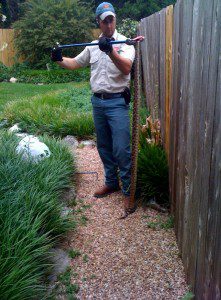 Tony Robbins is a pretty well known motivational speaker. One of the things he is known for, are his Personal Power® seminars, which are designed to motivate and reorganize your life. I had one of his first tapes years ago. The first lesson was about making a list of the things you need to get done or want to do. The advice he gave, which has always stuck with me, is to do what you have the least desire to do first.
Tony Robbins is a pretty well known motivational speaker. One of the things he is known for, are his Personal Power® seminars, which are designed to motivate and reorganize your life. I had one of his first tapes years ago. The first lesson was about making a list of the things you need to get done or want to do. The advice he gave, which has always stuck with me, is to do what you have the least desire to do first.
I have said this before, and you will hear me say it again, looking at homes is the fun part, so it’s the item on the list buyers want to do first. Unfortunately, it should be last on your list. The first thing you need to do is contact a lender. Nowadays, it’s not just about what you get paid, but how you get paid. If you get a commission based salary, qualifying for a loan is different. Your assets, debt and credit score are also significant factors in determining how much of a house you can afford.
I understand, talking to a lender is work and it takes time. Look at it as a way of self assessing whether you really want to buy at house. If it all seems like more trouble than its worth – you are not ready. If it seems logical to get a good idea of what you can afford, then you are ready to buy a house. Looking at homes takes time. Buying a home takes even more. Spending time looking at things you can afford will save you time, not to mention, unnecessary disappointment in the end.






